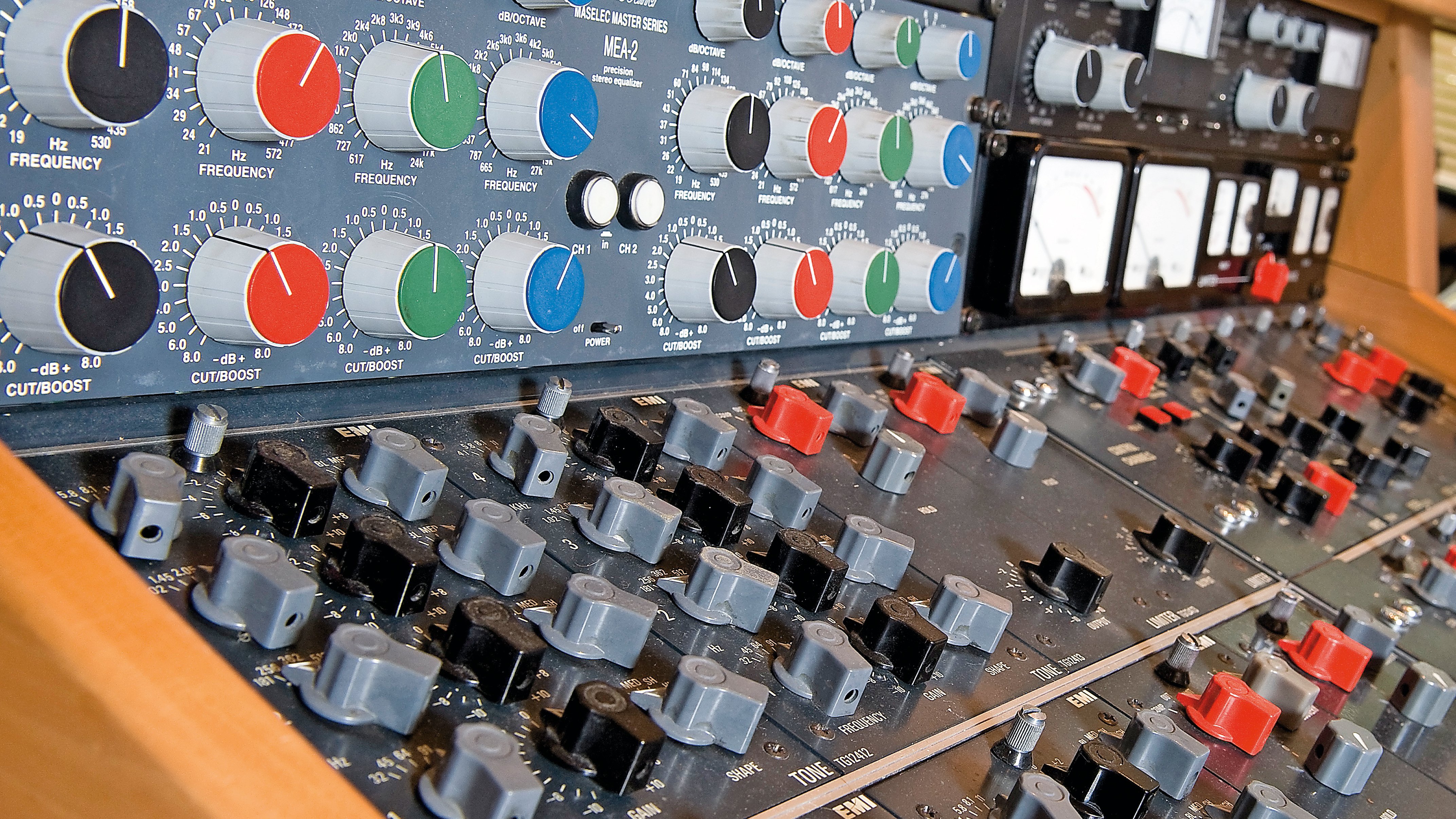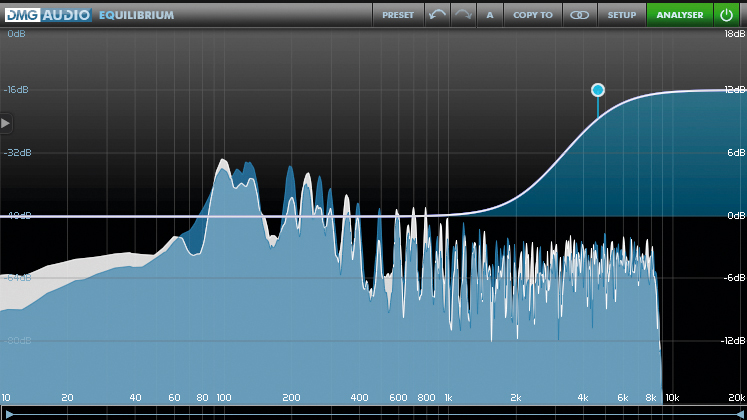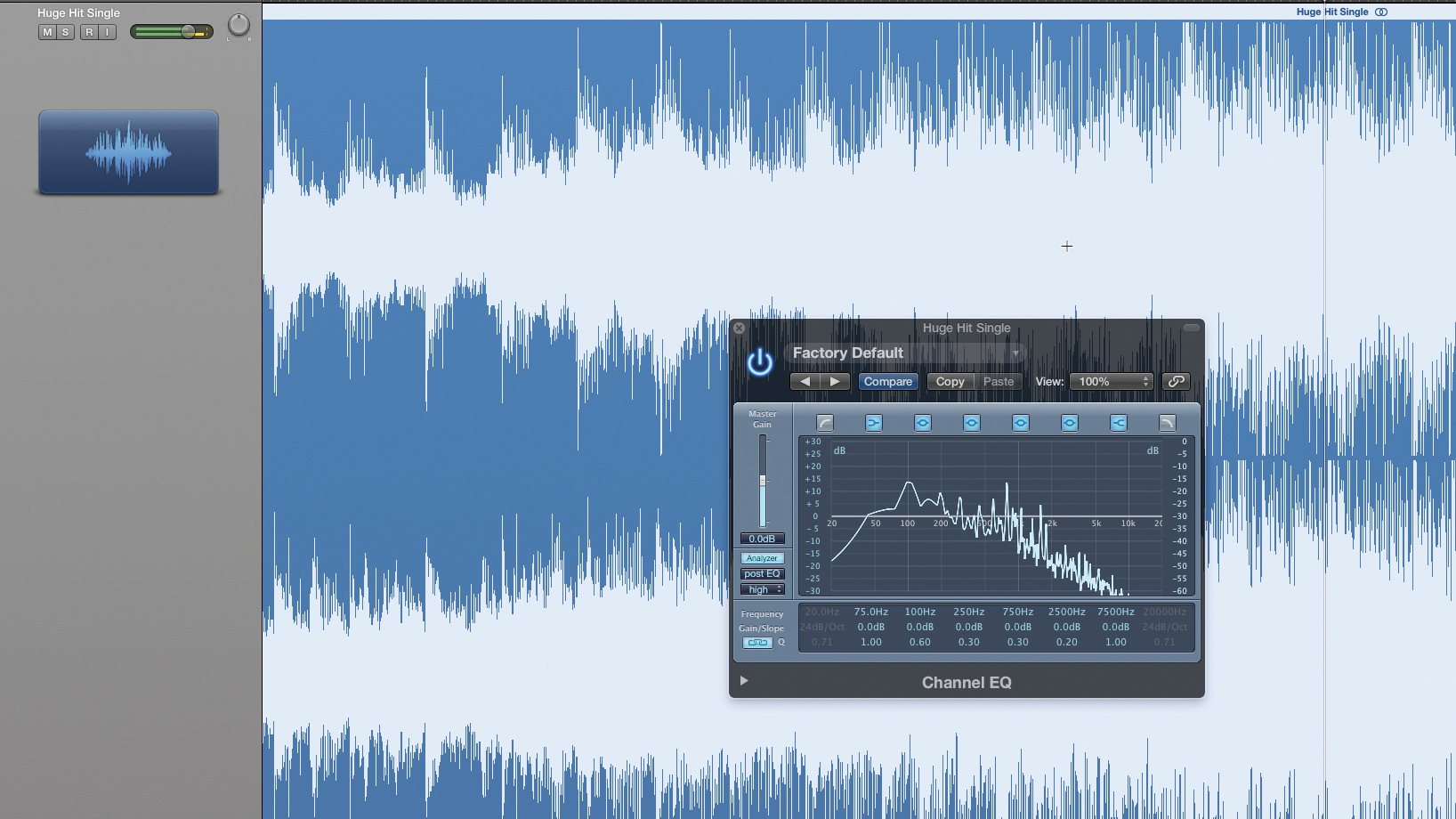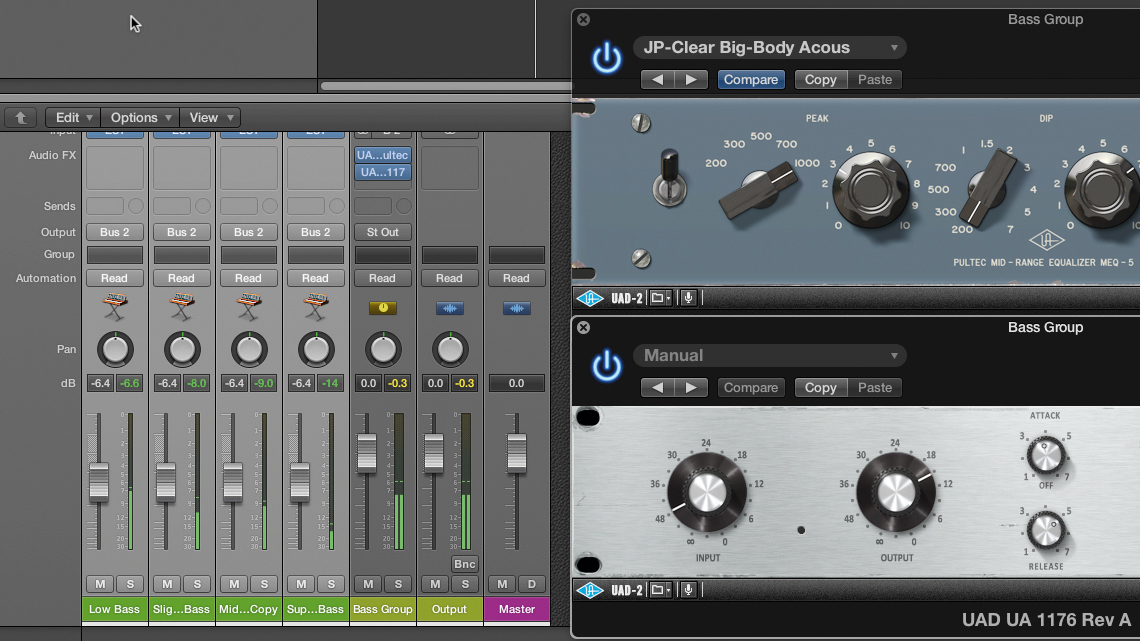5 tips for creating pro-sounding, polished mixes
There's more to mixing than just balancing levels

Balancing levels is only the first step to a successful mix. Achieving true air and sheen to your mixes is the next step to truly pro results.
To that end, here are five tips to help you get your mixdowns sounding cleaner and more professional.
Don't forget the verbs!
It's often so time-consuming thinking about sound design for individual sounds within a mix that it's easy to forget that the sounds you've assigned to a reverb or other FX bus are also generating their own frequency content.
Most people assign a reverb and flick through parameters and presets to find something that sounds good. But you can go further, ensuring that you put the sound of reverb as much under the microscope as you would a sound you programmed from scratch. If that top end of a reverb is working well, great; but do you need the sound of all of the mid-range it's producing too?
Similarly, if it's working well through most of a vocal part, are you going to ignore the way it explodes every time it encounters a moment of sibilance in the lead vocal? Hopefully not - with judicious EQ treatments, you can enhance reverbs dramatically, tailoring them to your needs.

Know when you've added too much treble
Sheen is one thing, but a saccharine bag of air is something else.
The best time to judge whether you've overcooked the top end is first thing in the morning. That first playback of the day will help you analyse your whole mix and shine a light on your treble levels.
Want all the hottest music and gear news, reviews, deals, features and more, direct to your inbox? Sign up here.
If you burnt the midnight oil, don't be surprised to discover that the mix sounds too hyped at the top end - this will be a natural product of craving more energy through the process of working up your mix.
So long as you've restricted your major treble moves to an EQ in the output channel, it shouldn't be too hard to bring the levels back down to earth.

Avoid deep rumble
Many mixes are ruined by an over-saturation of unnecessary sub-bass. Unless your mixes are heading for the sound systems of your local nightspot, you won't need any of the frequency content in your mix below 40-50Hz.
Your speakers have to respond to the frequencies you send them; so, if they're busy trying to get their cones around the massive low frequency information your mix is producing, they'll use this as a foundation for more audible frequencies higher up, offsetting the mix horribly in the process.
Scoop out unneeded bass from individual sounds and, with an EQ in the output channel, clarity will quickly return.

Learn how the pros do EQ
Loads of well-appointed EQs now feature analyser sections which allow you to monitor frequency content of incoming audio.
These are great for finding offending frequencies and for calculated adjustments to sounds, but serve another purpose too. By bringing in a track whose mix you admire to your DAW, you can insert an EQ, press play and look at its frequency.
Just how much power is there in the low mid-range? What is the fundamental frequency of the kick? How much extra sheen is there at the top end? Then apply what you've learnt to your own mixes, comparing the EQ response between the two tracks.

Balance doubled sounds
It's common practice to copy a part to two, three or even four other tracks for power. A useful way to achieve a sense that these tracks are all 'one part' - aside from managing their individual frequencies - is to send them to a single auxiliary where they can be treated as one.
A global EQ and compression setting, affecting all parts, will also help you achieve mix power and clarity. If one sound within your group sounds better outside the group, you can always reassign it to the main stereo output.

Future Music is the number one magazine for today's producers. Packed with technique and technology we'll help you make great new music. All-access artist interviews, in-depth gear reviews, essential production tutorials and much more. Every marvellous monthly edition features reliable reviews of the latest and greatest hardware and software technology and techniques, unparalleled advice, in-depth interviews, sensational free samples and so much more to improve the experience and outcome of your music-making.
